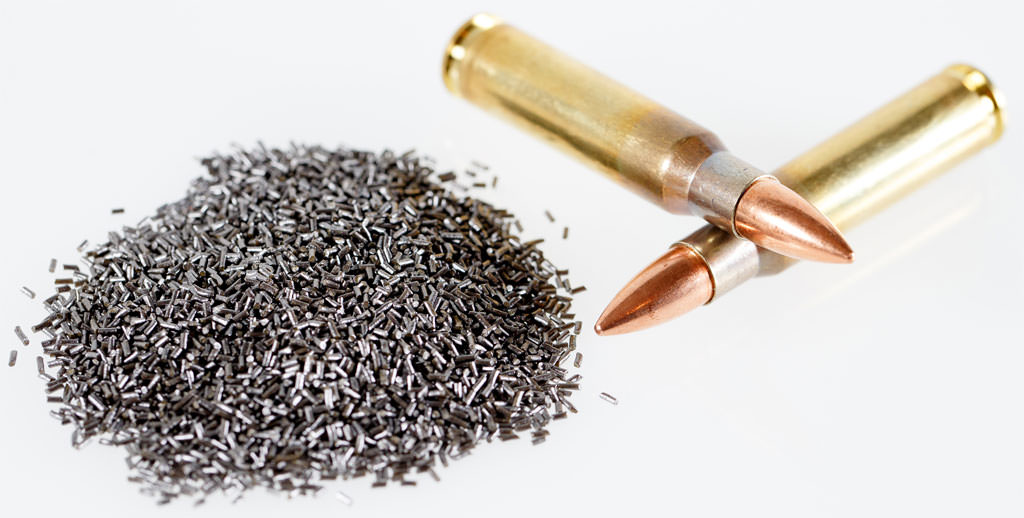Itsy, a seemingly insignificant word, holds a surprisingly rich history and cultural impact. From its etymological roots to its playful appearances in children’s literature and its surprising versatility in modern media, “itsy” reveals a depth far exceeding its diminutive size. We’ll explore its evolution through time, examining its usage in various contexts and uncovering the subtle nuances that make this little word so captivating.
This exploration will delve into the word’s historical usage, analyzing its appearance in literature and popular culture across different eras. We’ll compare “itsy” to similar diminutive terms, tracing its linguistic journey and examining its role in shaping our understanding of scale and diminutiveness. We’ll also look at how “itsy” functions in creative writing, exploring its metaphorical potential and comparing it to other words that convey smallness.
Finally, we’ll investigate the popular phrase “itsy bitsy” and its cultural significance, exploring regional variations and its enduring presence in songs and rhymes.
Find out further about the benefits of feit electric homebridge that can provide significant benefits.
The Curious Case of “Itsy”: A Deep Dive into a Diminutive Word
The seemingly insignificant word “itsy” holds a surprisingly rich history and multifaceted usage in the English language. From its humble beginnings as a diminutive, it’s woven its way into children’s literature, popular culture, and even figurative language, demonstrating a remarkable adaptability and enduring charm. This exploration delves into the etymology, cultural impact, and creative applications of “itsy,” revealing the depth hidden within this seemingly small word.
Etymology and Origins of “Itsy”
Tracing the precise origins of “itsy” proves challenging due to its informal nature and lack of early documented appearances in formal literature. However, linguistic analysis suggests it emerged as a natural diminutive, likely through a process of sound symbolism and reduplication. Its structure mirrors other diminutive forms common in English, such as “teeny,” “weeny,” and “itsy-bitsy.” The “itsy” form likely evolved from a shortening or alteration of an earlier word conveying smallness, potentially linked to words like “little” or “small,” though definitive proof remains elusive.
Its usage in the late 19th and early 20th centuries is evidenced primarily through its appearance in children’s rhymes and informal speech, suggesting its evolution through oral tradition before formal written record.
“Itsy” in Children’s Literature and Rhymes
Source: homecrux.com
The word “itsy” finds its most prominent and enduring home in children’s literature and songs. Its phonetic charm and inherent sense of smallness make it ideal for creating a whimsical and engaging atmosphere for young audiences. The rhythmic quality of the word contributes to its memorability in rhymes and songs.
- The classic “Itsy Bitsy Spider” rhyme perfectly exemplifies the word’s use in establishing a sense of scale, contrasting the spider’s diminutive size with the vastness of the water spout.
- Numerous other children’s books and songs, though not widely documented, likely incorporate “itsy” to describe small creatures, objects, or actions, enhancing the narrative’s playful and imaginative tone.
The following poem uses “itsy” to evoke a sense of smallness and wonder:
An itsy bumblebee, yellow and bright,
Buzzed past a daisy, a beautiful sight.
Its itsy wings fluttered, a delicate dance,
Leaving a sweet scent, a magical trance.
A children’s illustration depicting this poem would show a vibrant yellow bumblebee, disproportionately small compared to a large, white daisy. The bumblebee’s wings would be depicted in motion, blurred slightly to convey speed and delicacy. The overall style would be bright and cheerful, with soft, pastel colors emphasizing the gentle nature of the scene.
“Itsy” in Popular Culture and Media
While less frequent than in children’s contexts, “itsy” occasionally appears in modern media. Its use is often playful or ironic, reflecting its inherent diminutive nature.
- The word might be used in song lyrics to describe a small object or feeling, adding a touch of whimsy or nostalgia.
- In movies or television, it could appear in dialogue to emphasize the small size of something or to create a humorous contrast.
The context significantly shapes “itsy’s” meaning and impact. Used ironically, it can highlight the insignificance of something large or powerful, adding a layer of satire or understatement. In contrast, sincere use underscores the charm of smallness and fragility.
Figurative and Creative Uses of “Itsy”
Beyond its literal meaning, “itsy” offers potential for metaphorical applications. It can represent something small yet significant, conveying a sense of hidden importance or delicate power.
In a short story, “itsy” could represent a tiny seed holding the potential for a mighty oak tree, or a small act of kindness with far-reaching positive consequences. This use contrasts with words like “minuscule” which often implies insignificance.
| Word | Definition | Connotation | Example Sentence |
|---|---|---|---|
| Itsy | Extremely small | Cute, endearing, insignificant | She wore an itsy-bitsy bikini. |
| Tiny | Very small | Small, delicate, cute | He had tiny hands. |
| Miniature | Made on a small scale | Precise, detailed, charming | She collected miniature figurines. |
| Petite | Small and slender | Elegant, dainty, refined | She was a petite woman. |
“Itsy Bitsy” and its Variations

Source: wixstatic.com
The phrase “itsy bitsy” amplifies the diminutive effect, creating a stronger sense of smallness. Its origins are intertwined with the evolution of “itsy” itself, arising naturally as a more emphatic form of the word.
- Regional variations in pronunciation and spelling are likely, although not extensively documented.
- “Itsy bitsy” finds frequent use in children’s songs and rhymes, enhancing the playful and repetitive nature of these forms.
The phrase’s enduring popularity reflects its effectiveness in conveying a sense of childlike wonder and the charm of small things. Its use in various contexts highlights its versatility and adaptability within the English language.
Final Conclusion: Itsy

Source: pinimg.com
From its humble beginnings to its surprisingly widespread use today, “itsy” proves that even the smallest words can have a big impact. Its adaptability, its charm, and its ability to evoke a sense of childlike wonder make it a fascinating subject of linguistic study. Whether used literally to describe something tiny or figuratively to represent something small but significant, “itsy” continues to hold a special place in our language, reminding us of the power of simple words to convey complex meanings and evoke powerful emotions.





